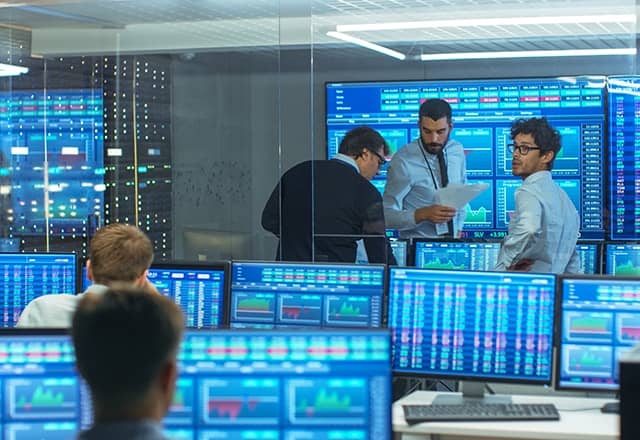(AOF) – ArcelorMittal confirmed that on October 28, a tragic accident occurred at its Kostenco coal mine in Kazakhstan. The steel and mining group reported 25 dead and 21 missing. ArcelorMittal can also confirm, as the Government of Kazakhstan announced earlier today, that the two parties have initiated discussions regarding the future of ArcelorMittal Temirtau and recently signed a preliminary agreement for a transaction that will transfer the property to the Republic of Kazakhstan.
The steel and mining group is committed to completing this transaction as quickly as possible to minimize disruption wherever possible. Further statements will be made as appropriate.
AOF – LEARN MORE
Key points
– The world’s leading steelmaker in terms of the size of its portfolio, from iron mines to processing plants, born from the merger in 2007 of the French Arcelor and the Indian Mittal Steel;
– Turnover of $79.8 billion, coming from 5 activities: flat steels for 62%, long steels for 19%, tubes for 2% and mines and other products;
– Business model capitalizing on the group’s 4 strengths: a decentralized structure, active portfolio management, financial solidity and integration of the mining value chain (from supplies to final products);
– Capital controlled up to 37.41% by the Mittal family, Aditya Mittal, son of the founder taking over the management of the group, Lakshmi Mittal retaining the presidency of the board of 9 members;
– Solid financial situation with net debt reduced to $2.2 billion compared to free self-financing of $6.4 billion and liquidity of $11.2 billion.
Challenges
– Growth strategy focused on emerging markets – projects in Mexico, Brazil, India and Liberia – accompanied by structural cost reduction;
– Innovation strategy supported by 12 R&D centers and $245 million in funding:
– focused on 6 objectives, maintaining competitiveness, offering niche steels (excluding transport), capitalizing on the Steligence or S-in Motion platform for the automotive market, standardizing industrial processes, deploying the digitalization via the Arthur and Dahiell platforms and external growth in the digital economy,
– serving environmental protection: expertise in product cycle analysis or LCA, reduction of carbon emissions from industrial sites (cold electrolysis),
– partnerships – Bauen und Umwell Institute, SOVAMAT, CIRAIG…,
– SI initiative open to researchers on sustainable development;
– Proactive environmental strategy carried out at the highest level by the ARGGS committee:
– 30% reduction in carbon emissions by 2030 and total neutrality in Europe in 2050 via the Xcarb program,
– deployment of the “Responsible Steel” standard on industrial and mining sites,
– offer of “green” steels, notably via the Texas HBI site and projects in Belgium and Canada,
– acquisitions of 4 metal recycling specialists;
– Progress in industrial decarbonization projects – Carbalyst solution in Belgium, optimization of hydrogen in Germany, hydrogen production of 120,000 tonnes of green steel in 2022.
Challenges
– Negative impact on the outcome of the Russia-Ukraine conflict: 26,000 employees in the Kryvyi Rih mines and factory of Ukraine;
– Return of growth in global demand for steel, expected between +2 and 3%;
– Integration of the American Texas HBI and the Brazilian steelmaker CSP acquired for around $2.2 billion;
– Profitability of industrial projects of $4.2 billion over 2021-2024, with an estimated positive impact of $1.3 billion on operating income;
– 2023 objectives: 4.5 to 5 billion investments;
– 2022 dividend of $0.44, paid in two installments and continuation of the share buyback program ($1.4 billion 2022-2023.
An ecological transition that drives metal prices
The ecological transition is driving demand and causing prices to rise. Lithium prices jumped 100% last year, supported by sales of electric cars. The need for metals such as aluminum, copper, graphite, or nickel is expected to soar by 2050. The war in Ukraine has reinforced the rise in prices because Russia is a major producer of mineral raw materials. , in particular aluminum, palladium, nickel and titanium. The International Energy Agency (IEA) recently warned of the risk of shortages of several metals necessary for the energy transition. Europe has mobilized on strategic metals with the objective of strengthening its sovereignty.
